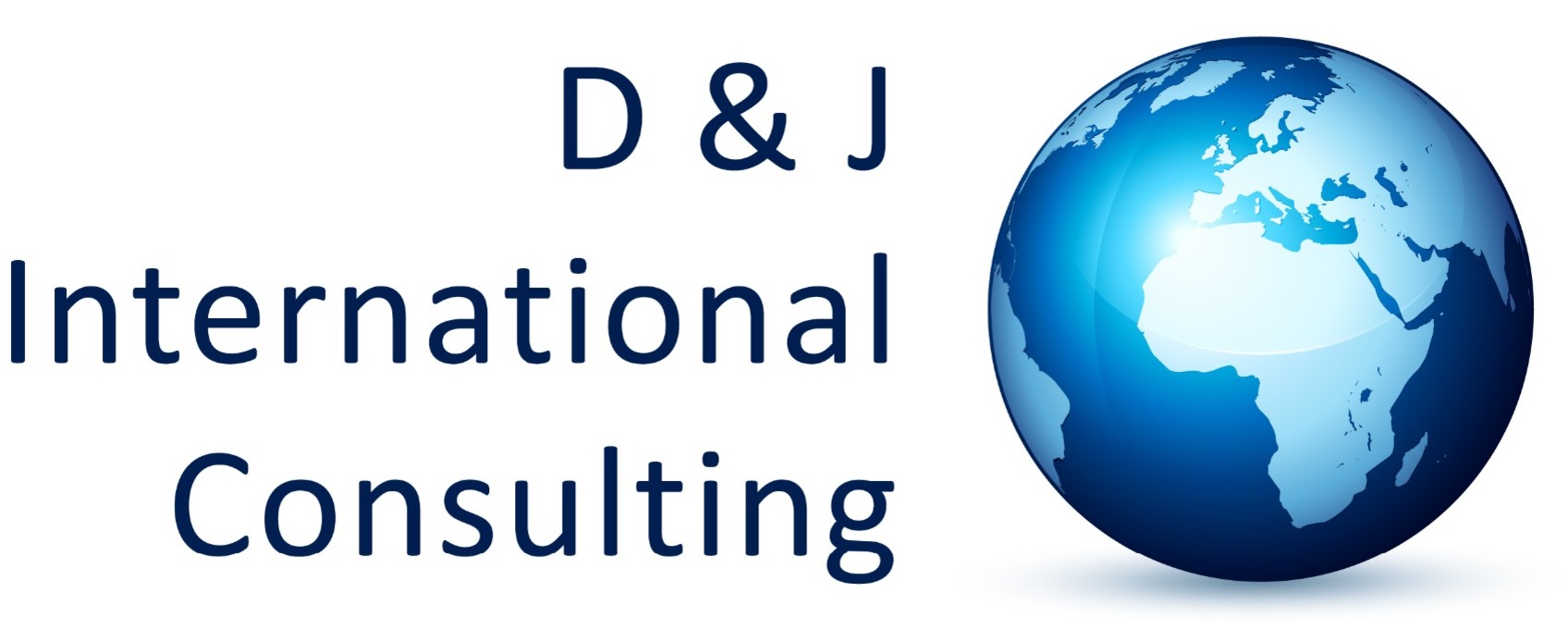Assessing the Feasibilty of a New Attraction
Why all developers should undertake a market and economic feasibility study on new projects

An important early task in the development of any leisure attraction or entertainment project is to assess the market and economic feasibility of the scheme. Engaging designers, architects and planners to develop plans and images of a project is an expensive process, and to make sure that their efforts are focused appropriately they will need guidance on the size of scheme that they should be creating.
Just looking at the number of visitors that other similar attractions get and working on those as a basis is not appropriate as there are many factors that influence how an attraction performs; and setting an ambitious target attendance with the view of “if we build it they will come” is doomed to failure. An independent feasibility study is needed to provide an evaluation of the potential demand levels for a new development.
This study will consider the proposed scheme in light of the size and nature of the available resident and tourist catchment markets, take account of pricing and performance at local and regional competition, and draw lessons from comparable attractions from around the world to feed into the assessment. Having a consultant that has broad experience of undertaking this type of study in a range of locations is important as there are both positive and negative lessons that other developments can provide.
Attendance forecasts can then be made by drawing on the research and reflecting the markets and local context. These figures are then extrapolated by considering seasonal visitor patterns and peak day flows to provide design day attendance forecasts and physical planning guidelines to feed to the design teams.
The most important output of a feasibility study is a projection of revenues and operating costs for the project over the first 5 or 10 years of operation. These P&L projections form the basis of the project business case.
They need to take account of income from tickets, F&B, merchandise, photography, parking, events, memberships and potential subsidies. Operating costs include cost of goods, staff, marketing, utilities, maintenance, operations and administration.
Considering these forecasts in light of the likely capital costs and incorporating a funding structure to cover the investment results in cash flow projections for the scheme and an assessment of potential financial returns.
It is important that the demand and financial forecasts are sense checked against sector benchmark performance. The feasibility study needs to provide supporting data and stress-tests all of the projections.
All too often promotors that are developing their own numbers overstate attendance levels, and revenues, and underestimate both operating and capital costs. This does not mean that these schemes will not get funded but there is a real danger that they will not deliver the hoped-for results.
Having an independent feasibility study undertaken by an experienced consultant will not guarantee success but it can help to identify issues and concerns; and it is not uncommon for projects to be revised and re-sized on the basis of the study to be most appropriate for their market context.






